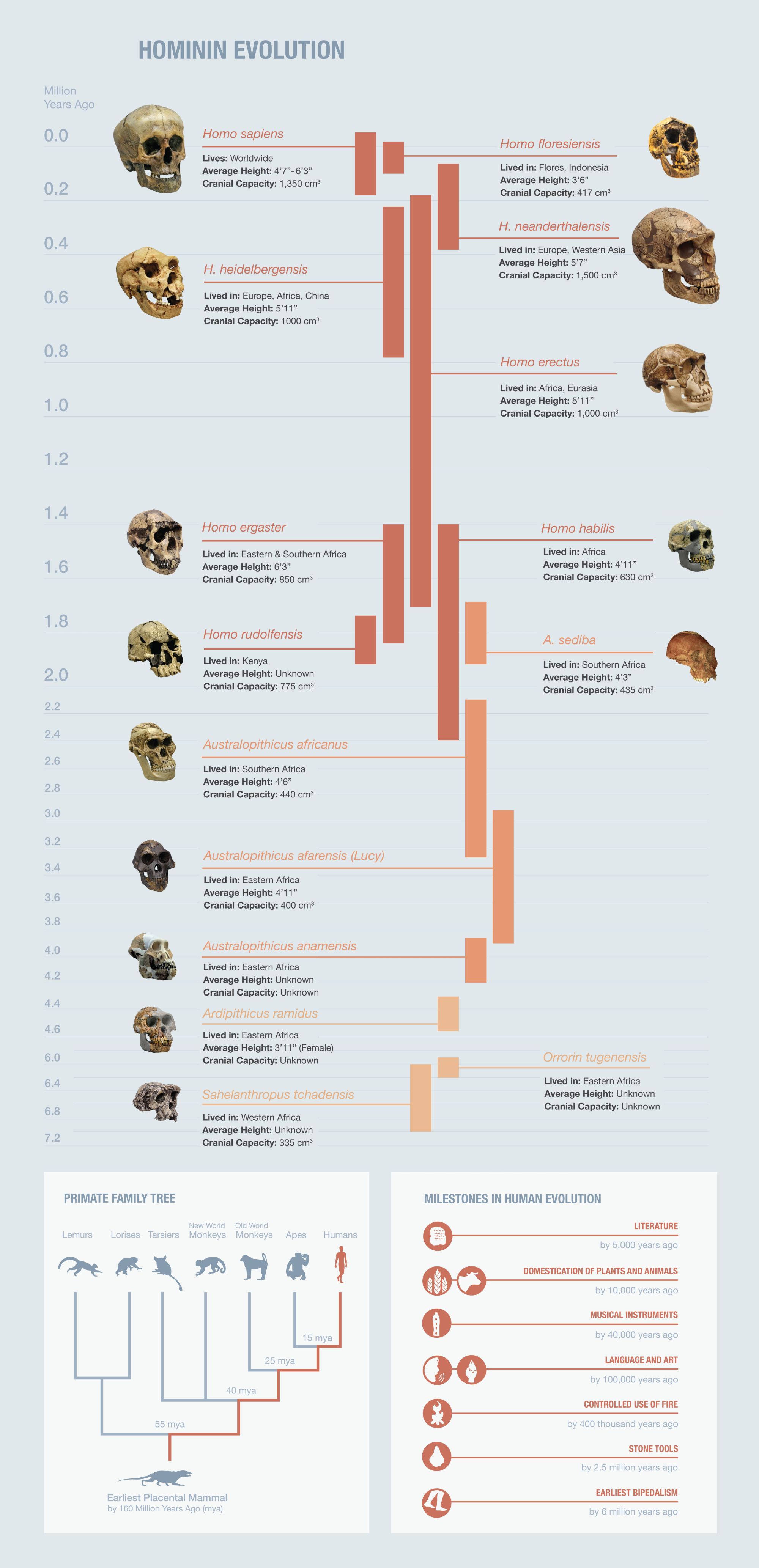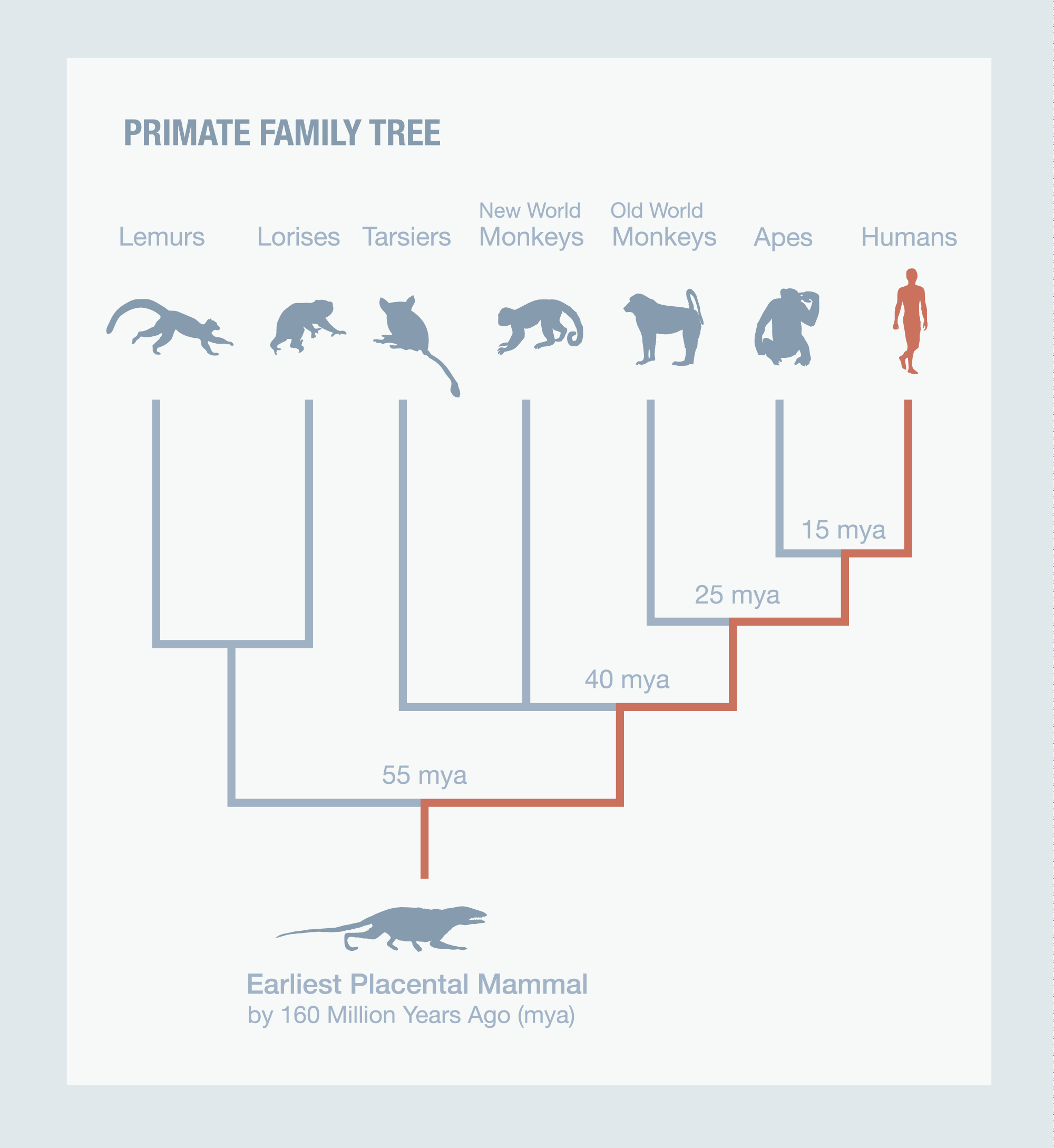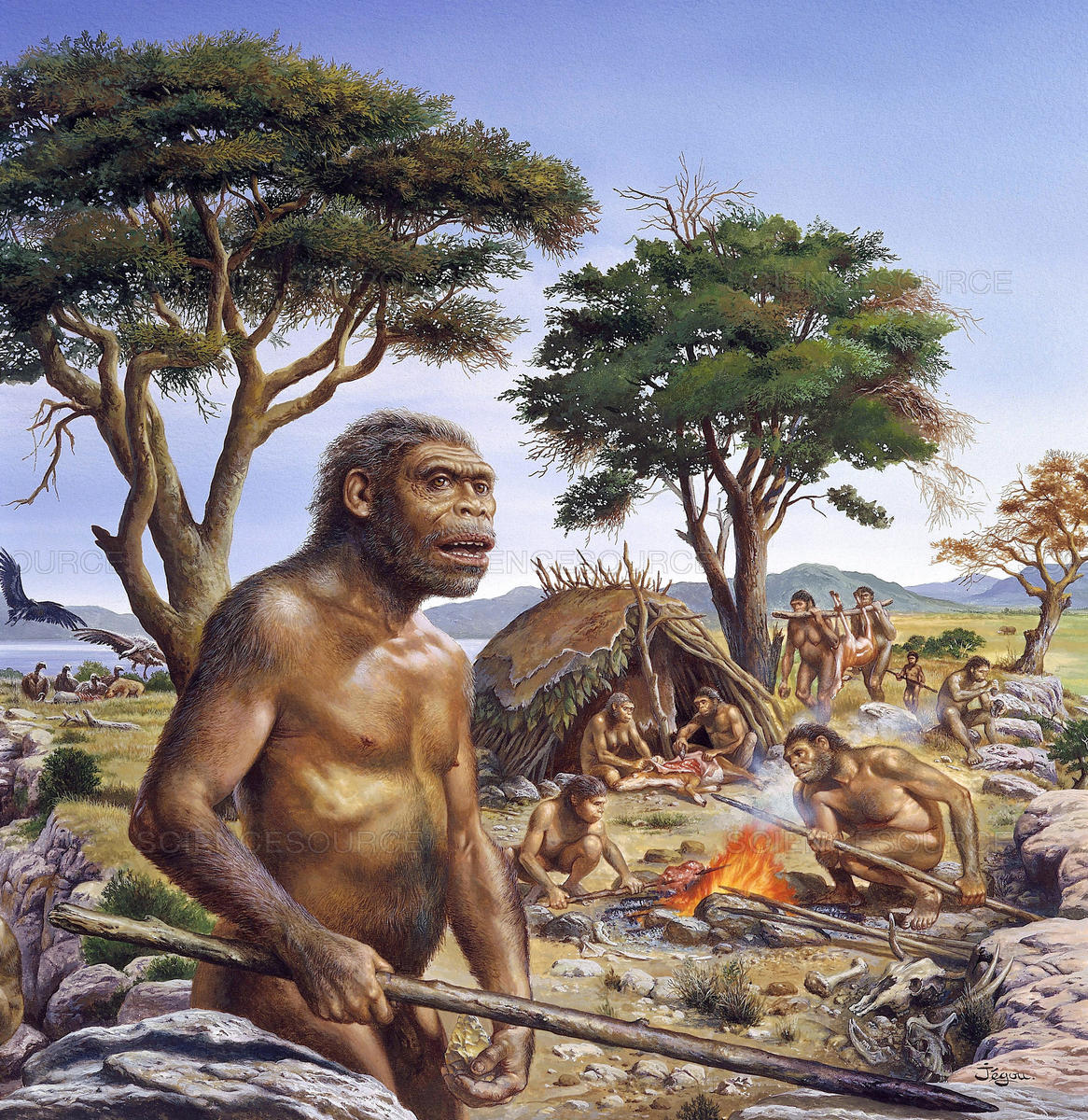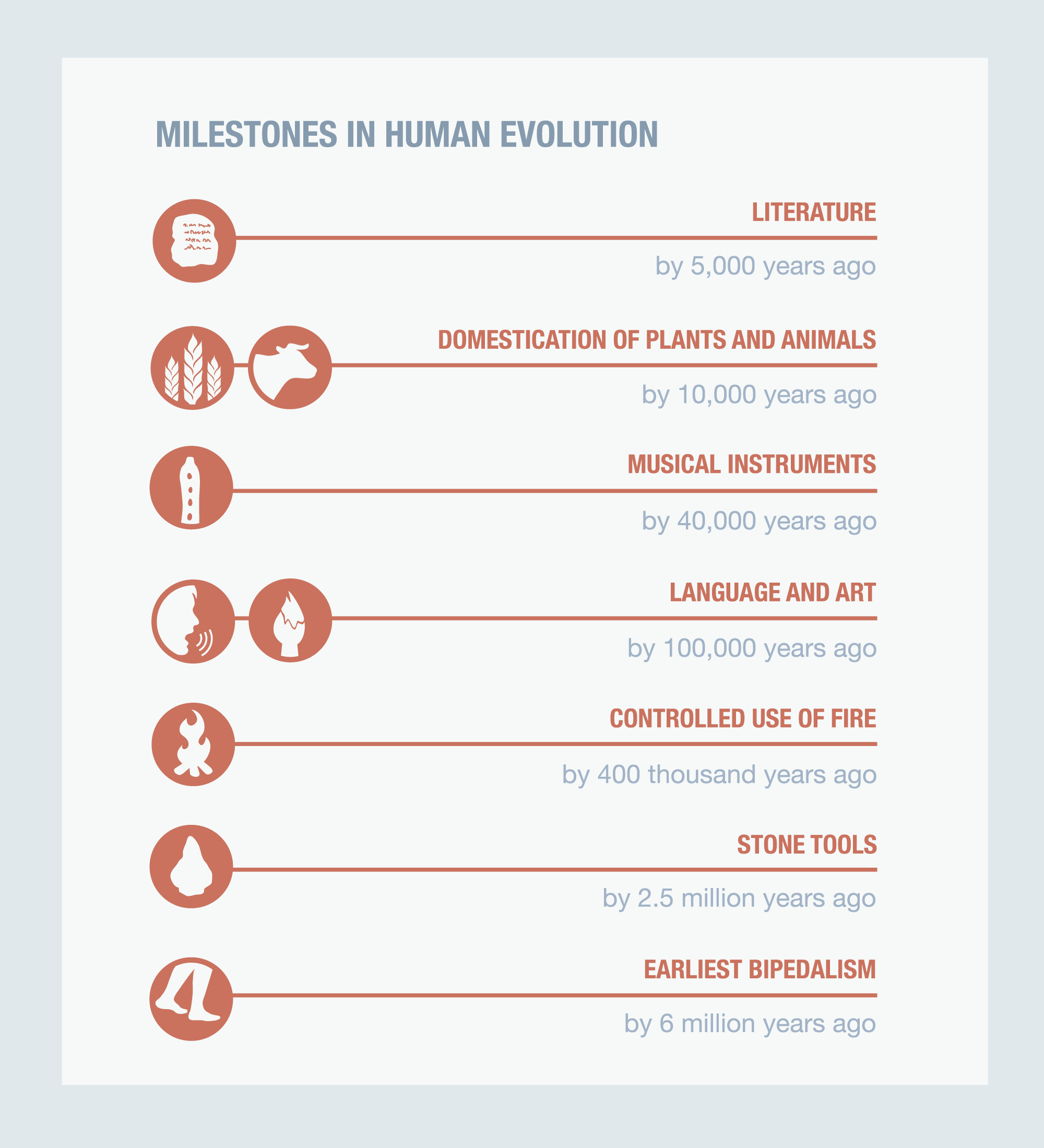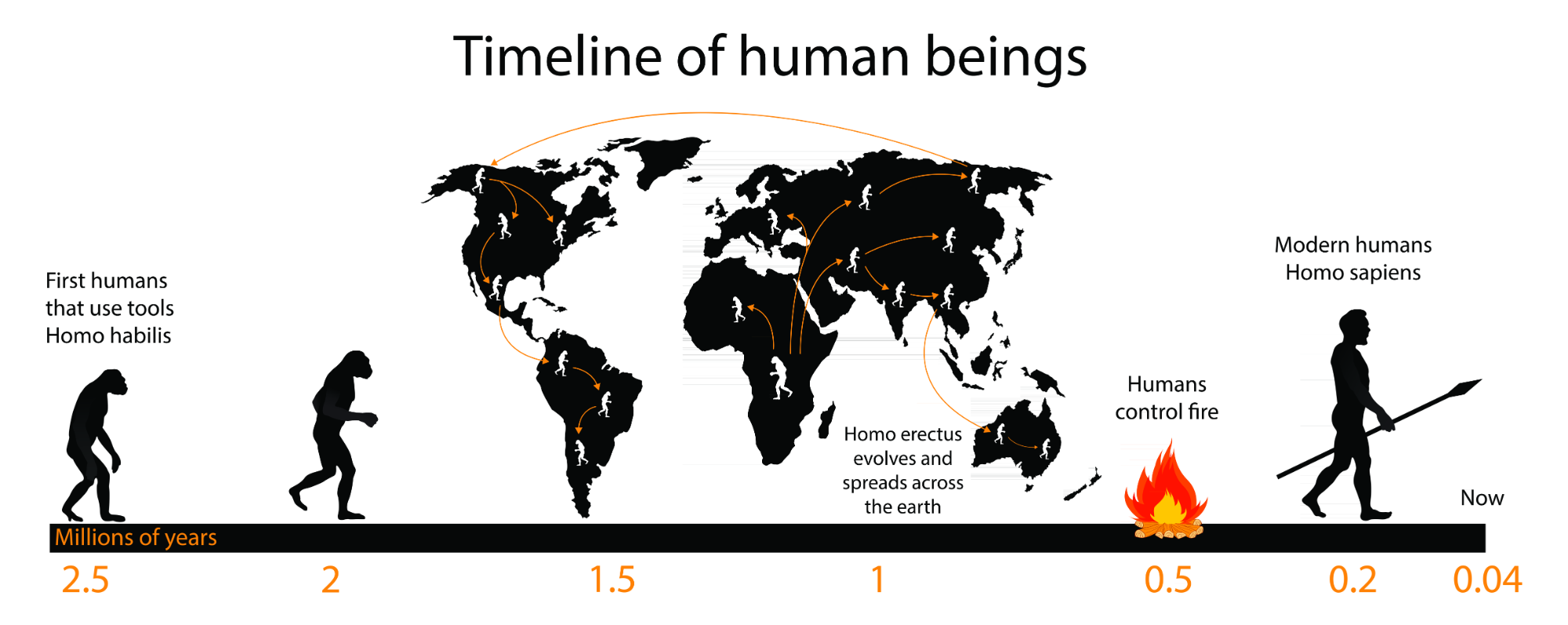
Explore 4.30 Molding Fish into Mammals
Learning Objectives
By the time you have completed the 4.30. Introduction & Exploration Activities, you should be able to:
- Understand the basic innovations of these organisms and be able to identify the opportunities, obstacles, and adaptations that characterize the transitions between them: lobe-finned fishes with lungs, amphibians, reptiles, and mammals.
- Describe the body parts/genes in amphibians, reptiles, and mammals (including humans) that are homologous to those that build bone, teeth, and scales in fishes. Also, describe the body parts/genes in mammals, dinosaurs, and birds that are homologous to those that build scales in reptiles.
Transitions Between States/Body Forms
Understand the basic innovations (new features) and identify the opportunities, obstacles, and adaptations that characterize each of these transitions between states/body forms: lobe-finned fishes with lungs to amphibians, amphibians to reptiles, and reptiles to mammals.
Below, give an obstacle or opportunity and the development of adaptations that would drive the transitions from lobe-finned to amphibians, from amphibians to reptiles, and from reptiles to mammals.
Obstacle/Opportunity
Low oxygen in water or oxygen in air
Lobe finned fish to amphibian adaptation
Obstacle/Opportunity
Food along coastlines
Lobe finned fish to amphibian adaptation
Obstacle/Opportunity
Food on shore
Lobe finned fish to amphibian adaptation
Obstacle/Opportunity
Hearing out of water
Lobe finned fish to amphibian adaptation
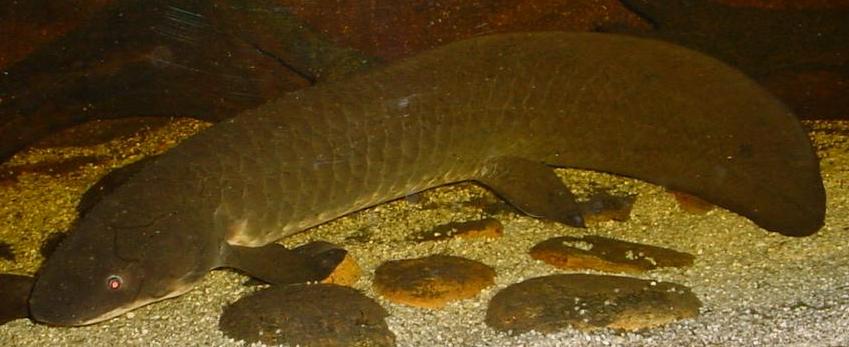
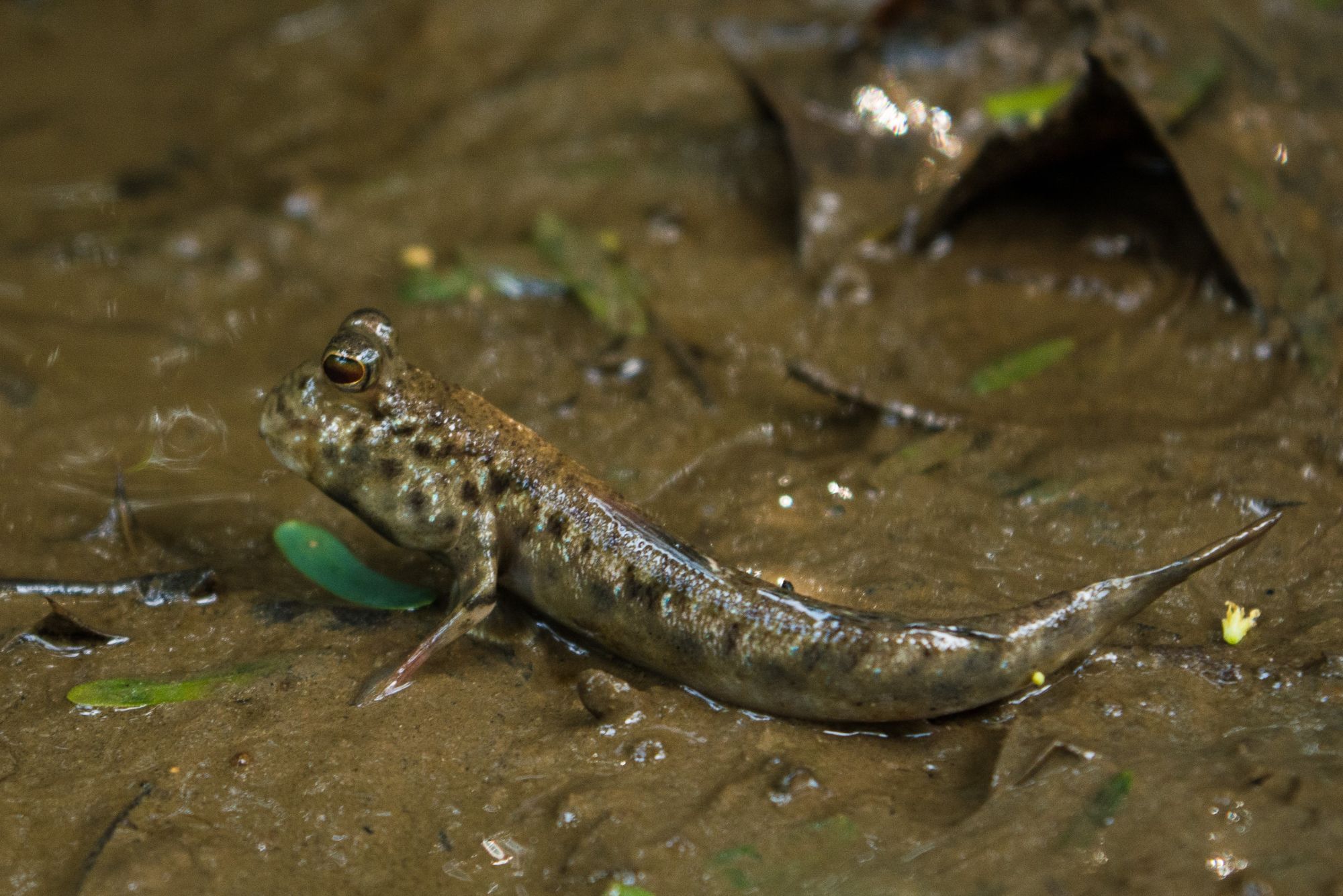
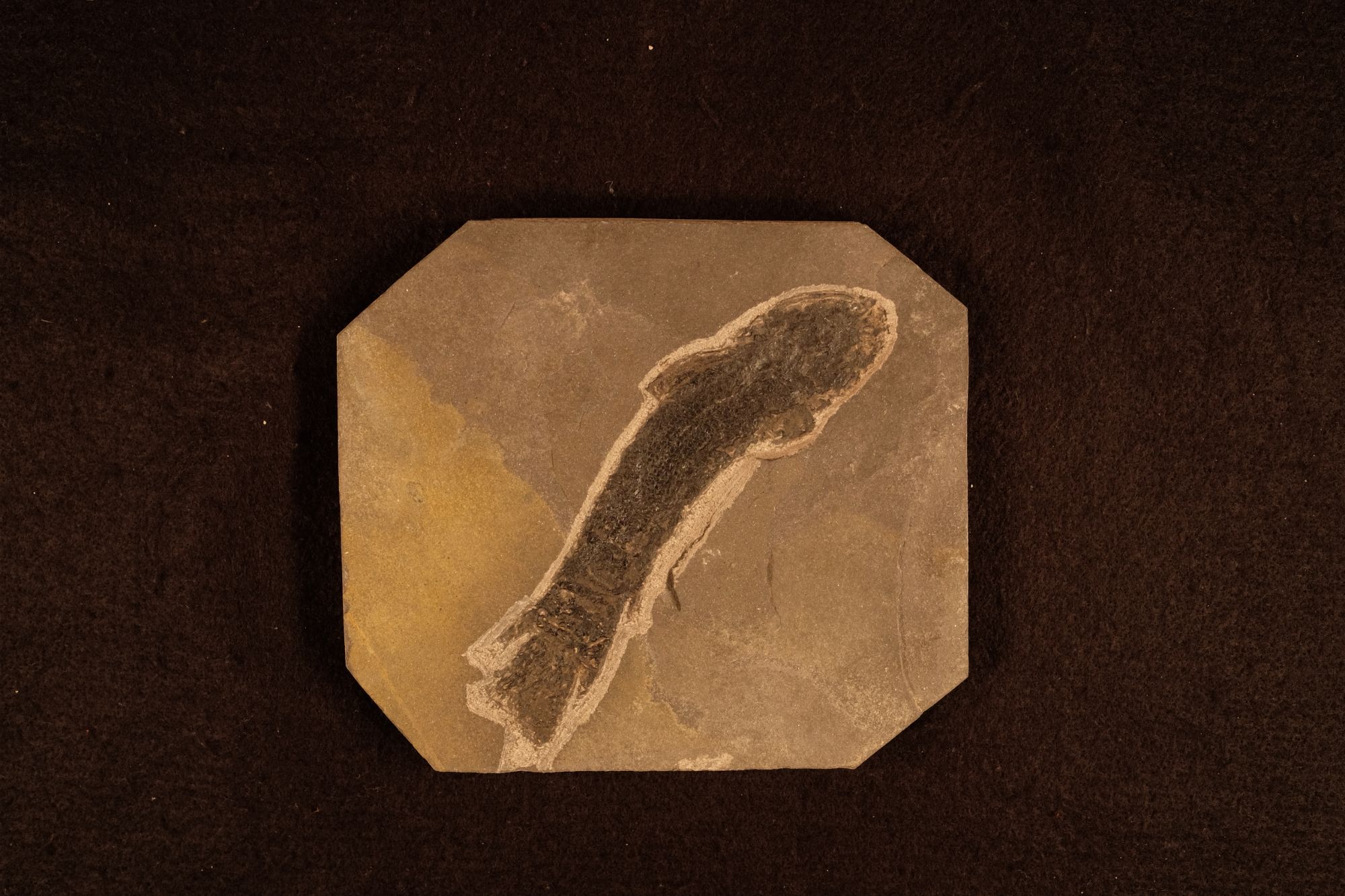
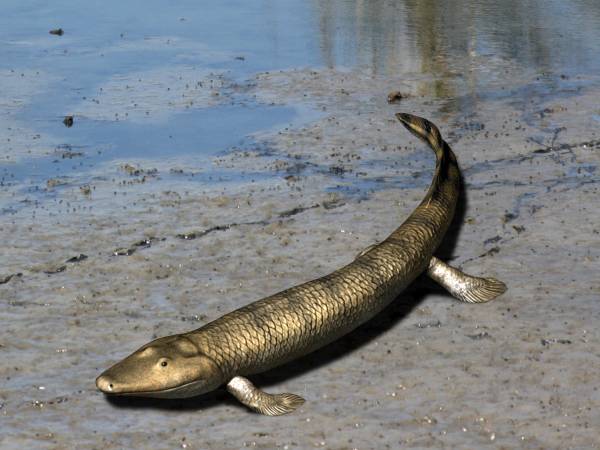


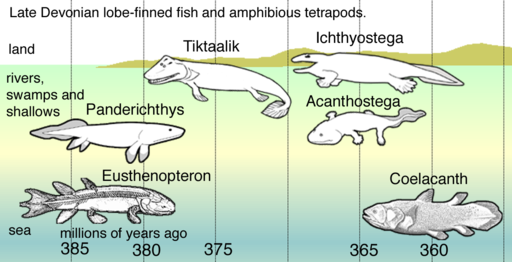
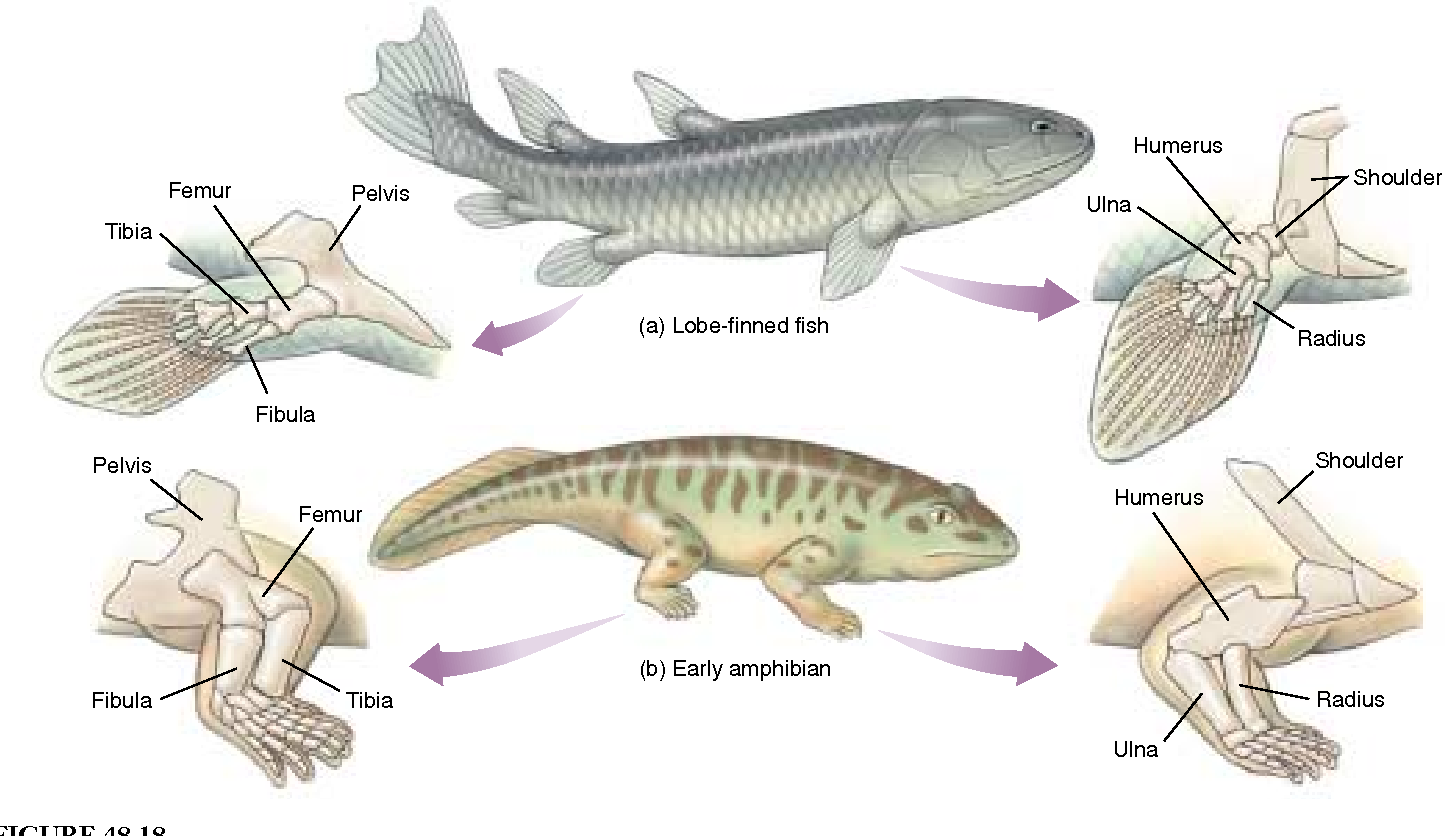

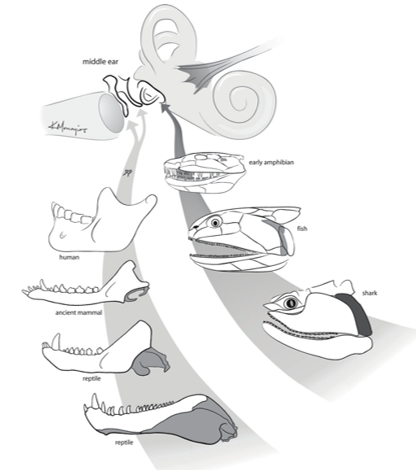
Obstacle/Opportunity
Desiccation, Abrasion,Protection from sunlight
Amphibian to reptile adaptation
Obstacle/Opportunity
Hard, dry terrestrial environments
Amphibian to reptile adaptation
Obstacle/Opportunity
Reproduction outside of water
Amphibian to reptile adaptation
Obstacle/Opportunity
Greater variety of food
Amphibian to reptile adaptation

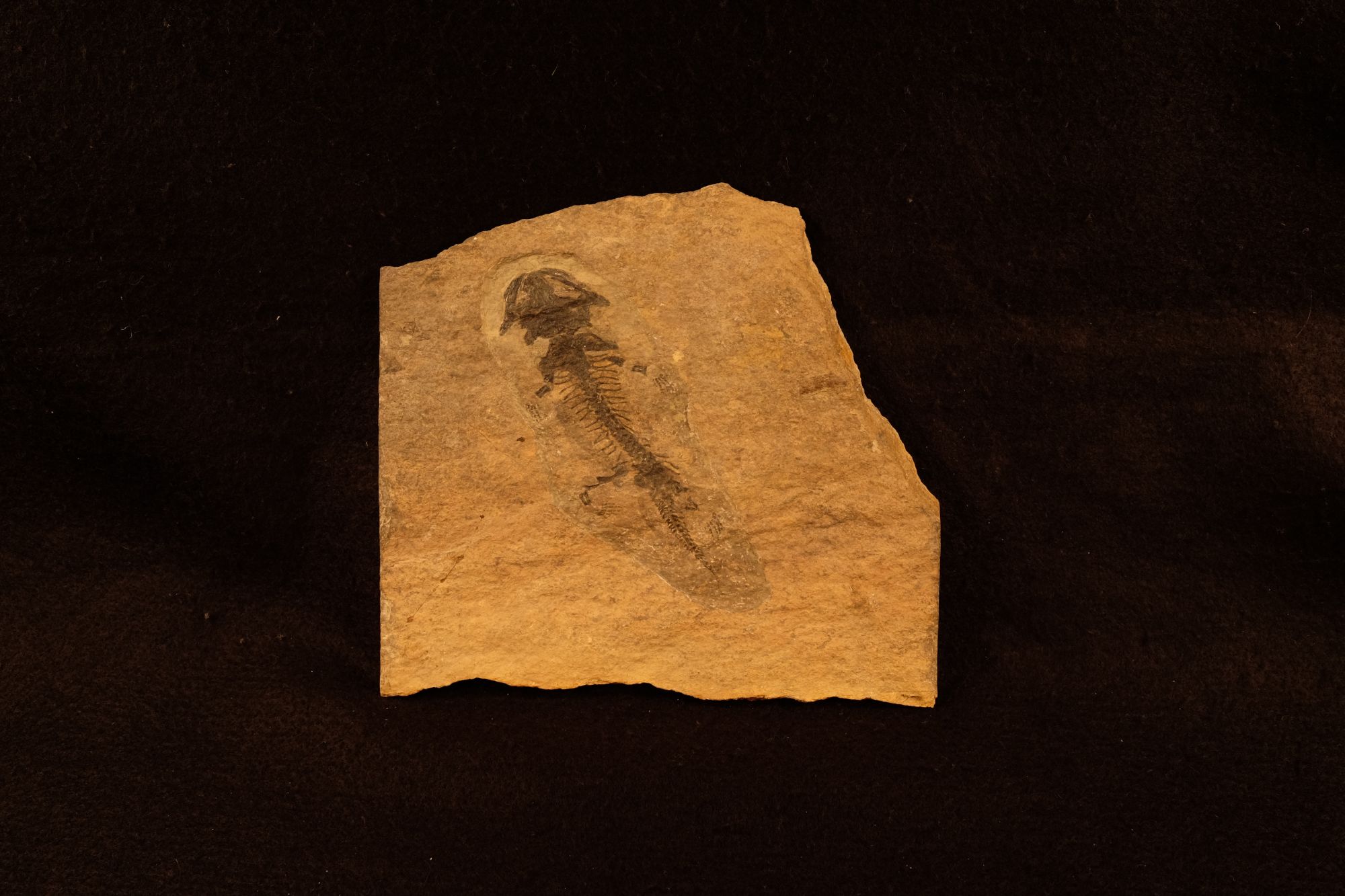
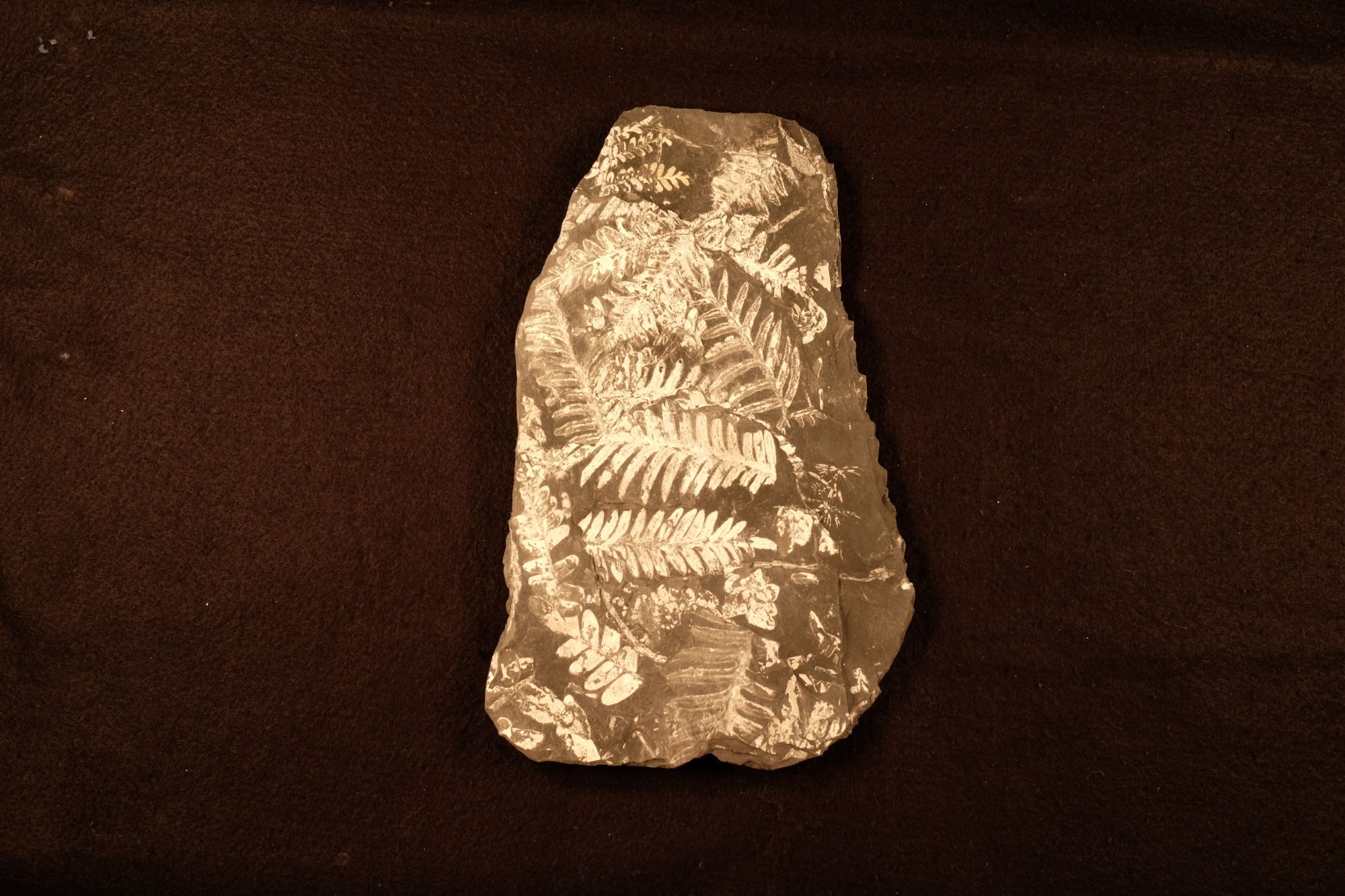
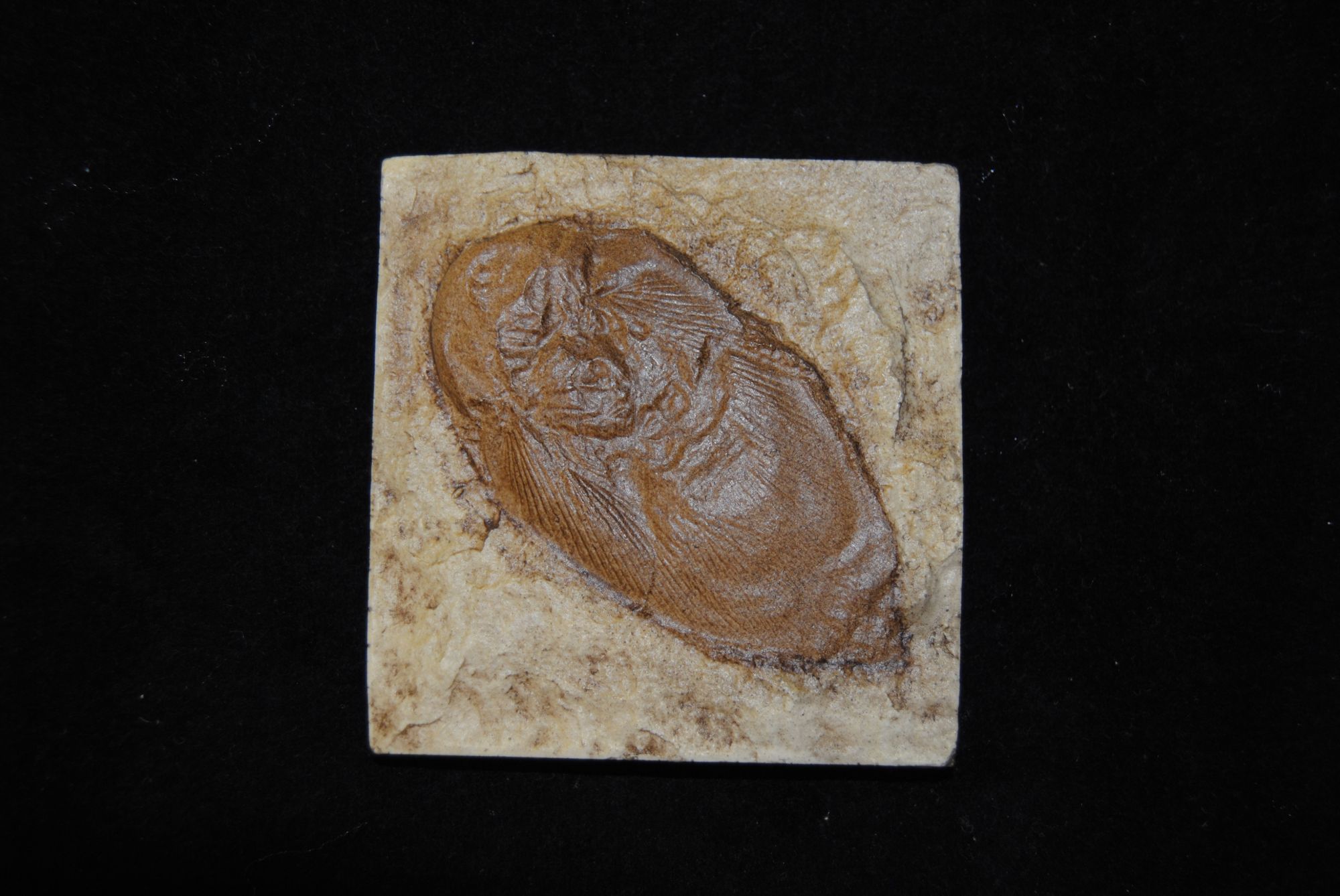


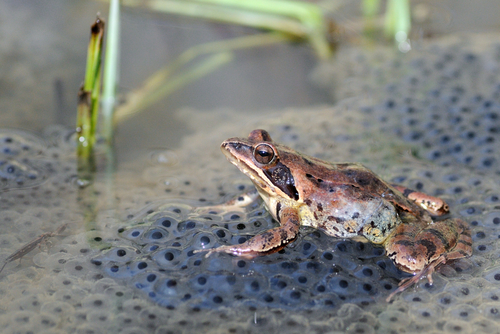
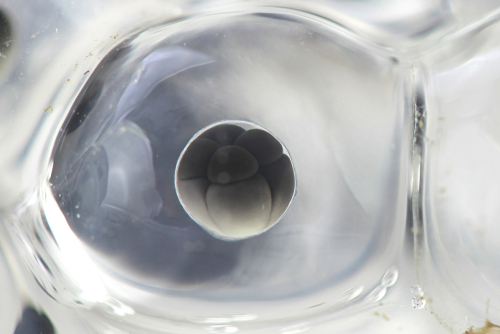

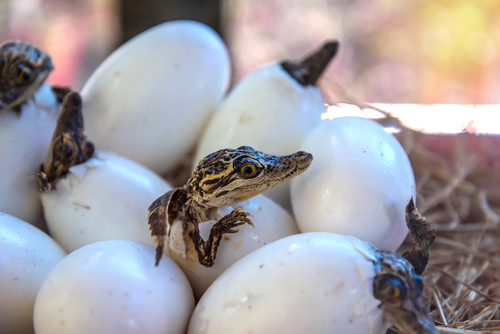
Obstacle/Opportunity
Lose heat easily, cannot regulate body temperature
Reptile to mammal adaptation
Obstacle/Opportunity
Move inefficiently and slowly
Reptile to mammal adaptation
Obstacle/Opportunity
Process food ineffectively
Reptile to mammal adaptation
Obstacle/Opportunity
Hear poorly
Reptile to mammal adaptation
Obstacle/Opportunity
Cannot move far from the nest while incubating and protecting eggs
Reptile to mammal adaptation

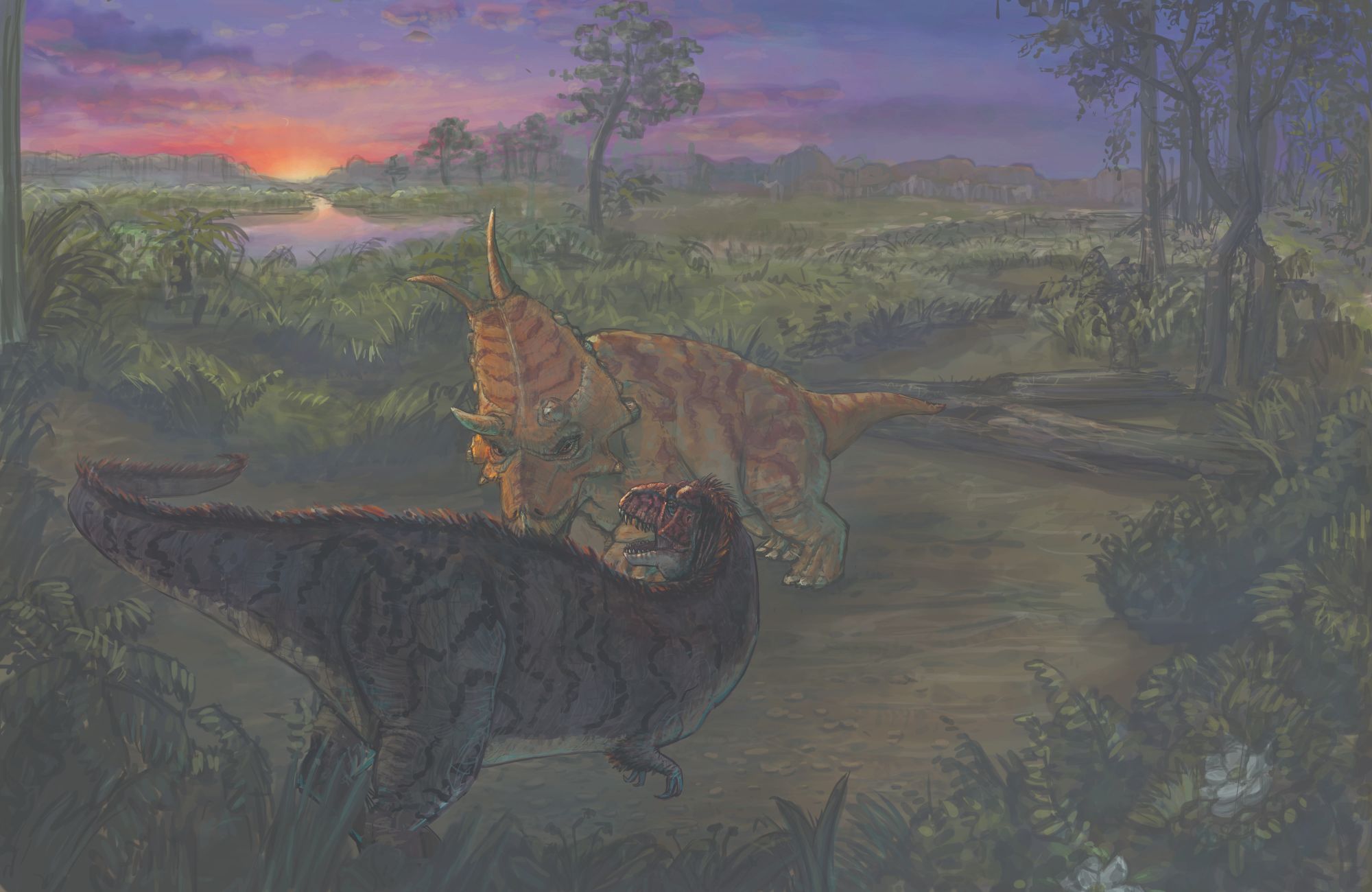
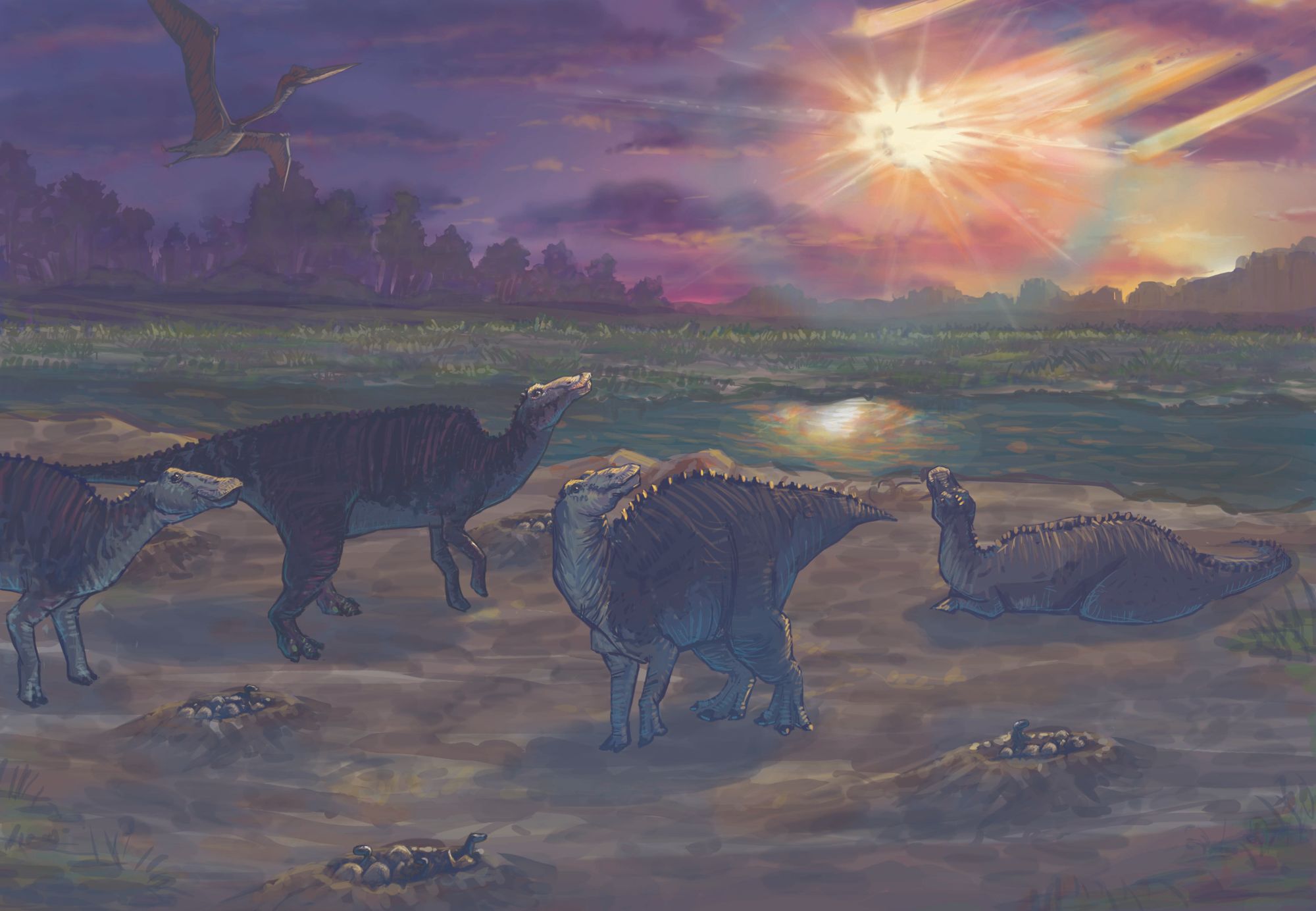

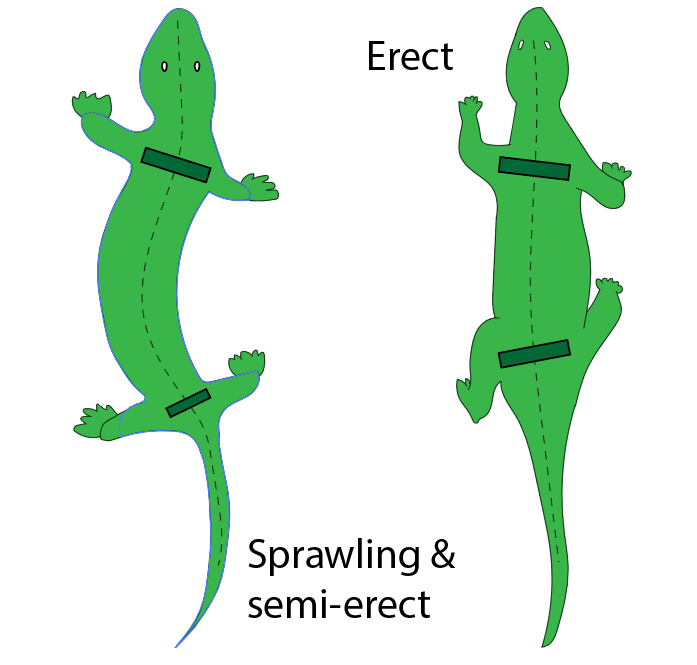

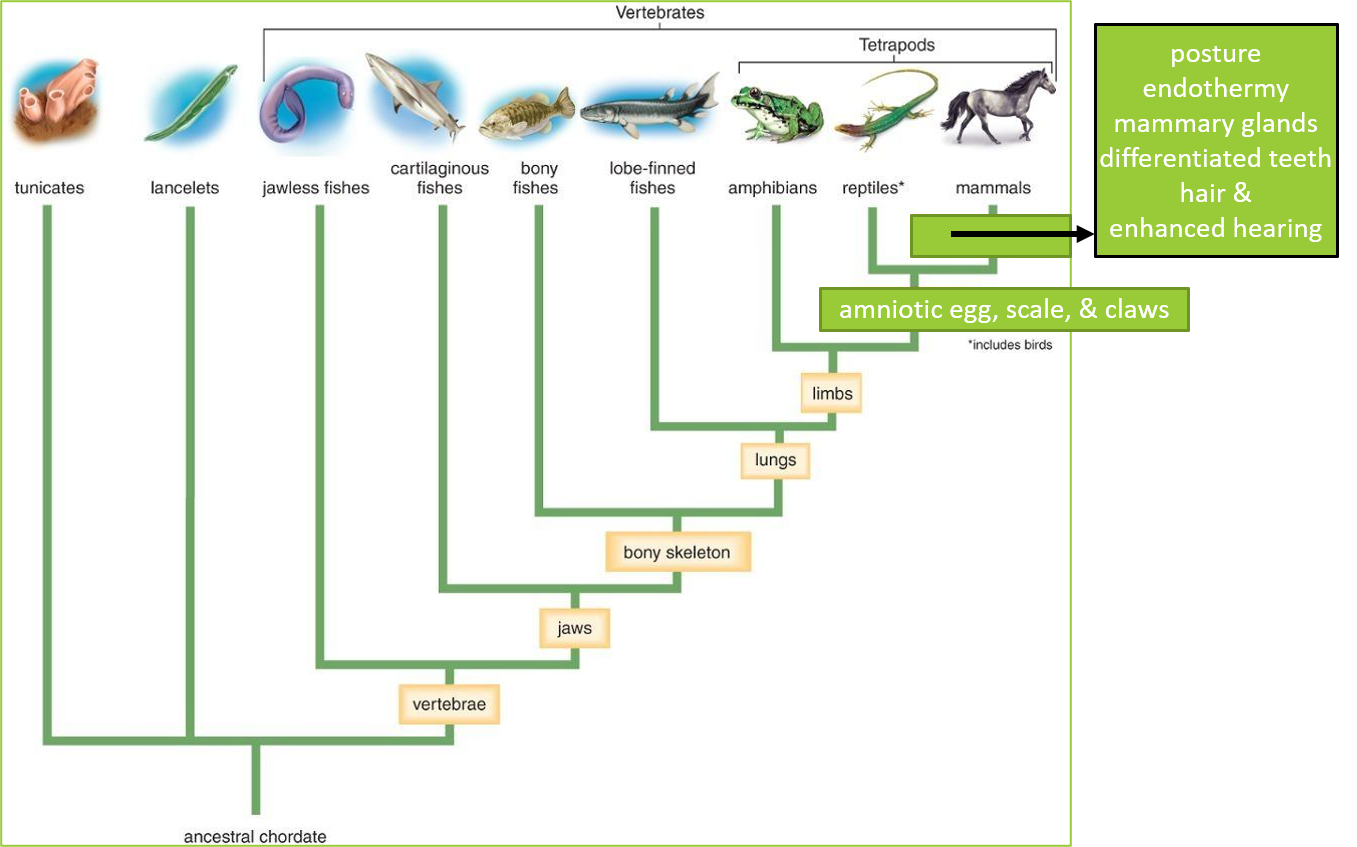

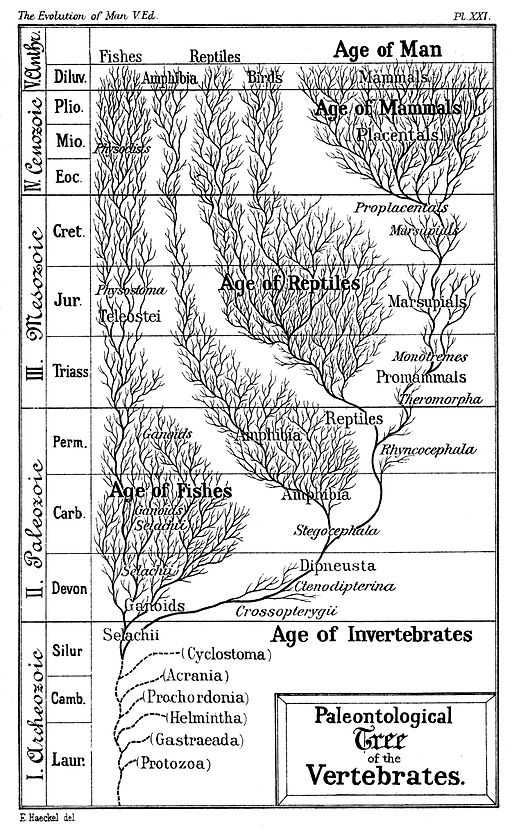
Genes in Animals Similar to Fishes
Describe the body parts/genes in amphibians, reptiles, and mammals (including humans) that are homologous to those that build bone, teeth, and scales in fishes. Also, describe the body parts/genes in mammals, dinosaurs, and birds that are homologous to those that build scales in reptiles.
Gene function
Limbs in lobe finned fish
Gene function in descendants
Gene function
Scale production in fish
Gene function in descendants
Gene function
Skin production in fish
Gene function in descendants
Gene function
Reptile scales
Gene function in descendants
Gene function
Nervous system in fish
Gene function in descendants



